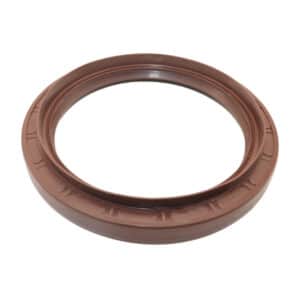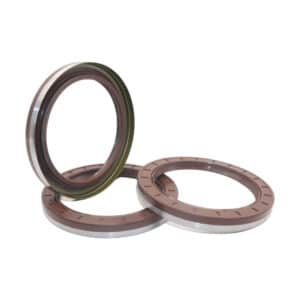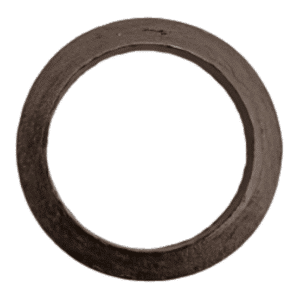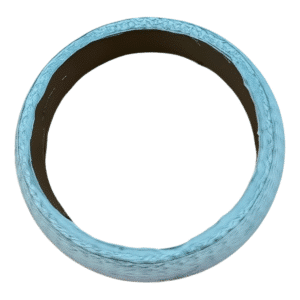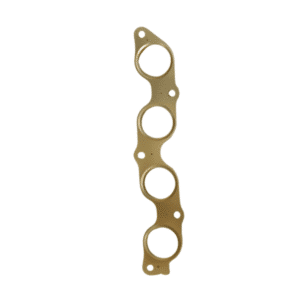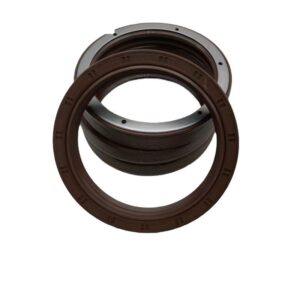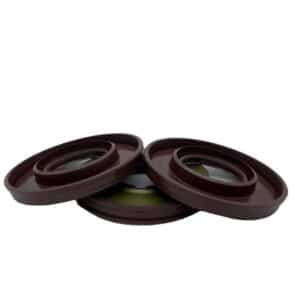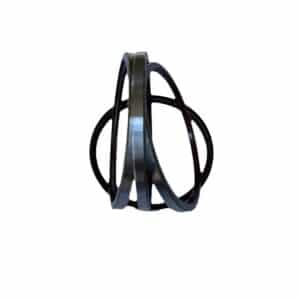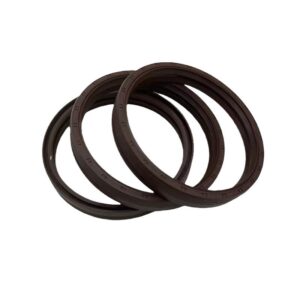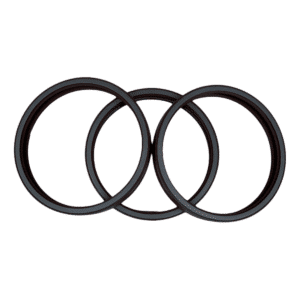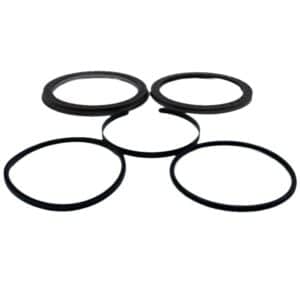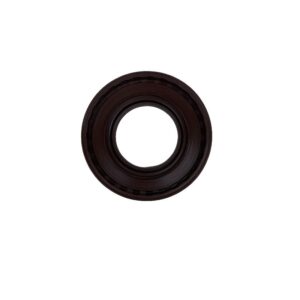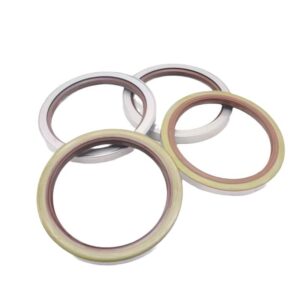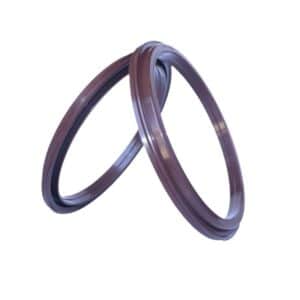Automotive Oil Seals for OEM, Trucks & Axles – Reliable Sealing Starts Here
Explore a full range of high-performance automotive oil seals engineered for engines, axles, hubs, and differentials. Whether you’re replacing OEM parts or customizing for high-load applications, Hengoseal delivers precise fit, premium materials, and fast global support—without MOQ limits.
Πίνακας περιεχομένων
What Are Automotive Oil Seals and Why They Matter?
Automotive oil seals are critical components that prevent lubricant leakage and protect systems from contaminants. Used in engines, axles, transmissions, and wheel hubs, they ensure long-term sealing under high pressure, heat, and rotational speed.
Recommended Articles:
- Covers seal types like TC, TG4, and V-ring seals used across different automotive systems.
Automotive Oil Seals: Types, Applications, and OEM Compatibility
Learn how to avoid common installation and material mismatches that lead to premature failure.
Related: TC Oil Seal: What’s the Structure, Specs & Ideal Use Cases?
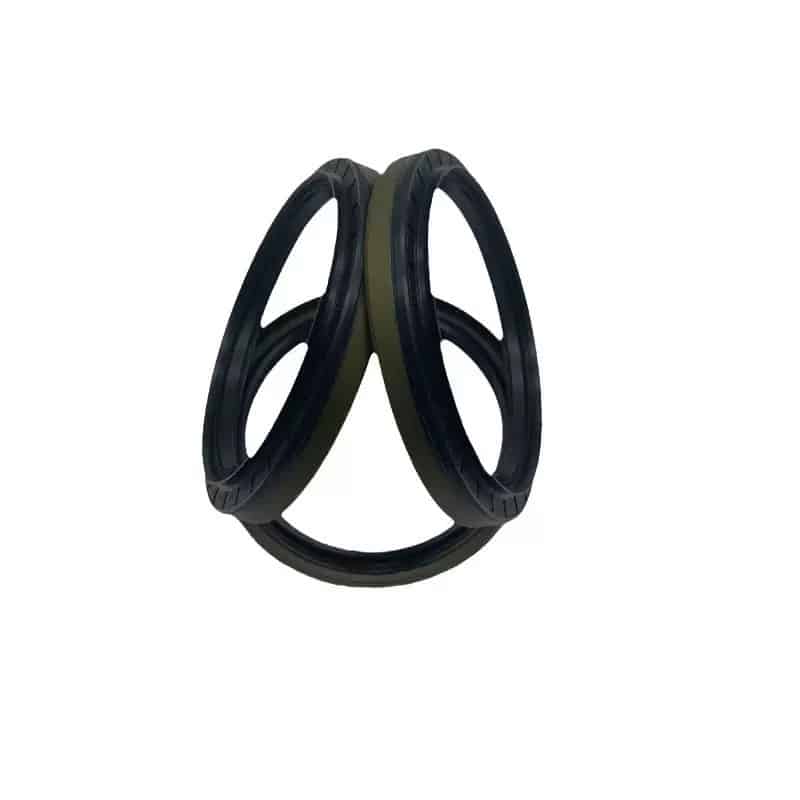
Προτεινόμενα προϊόντα:
Automotive Oil Seal Category – Browse seals for Dongfeng, HOWO, FAW, Beiben, Auman and more.
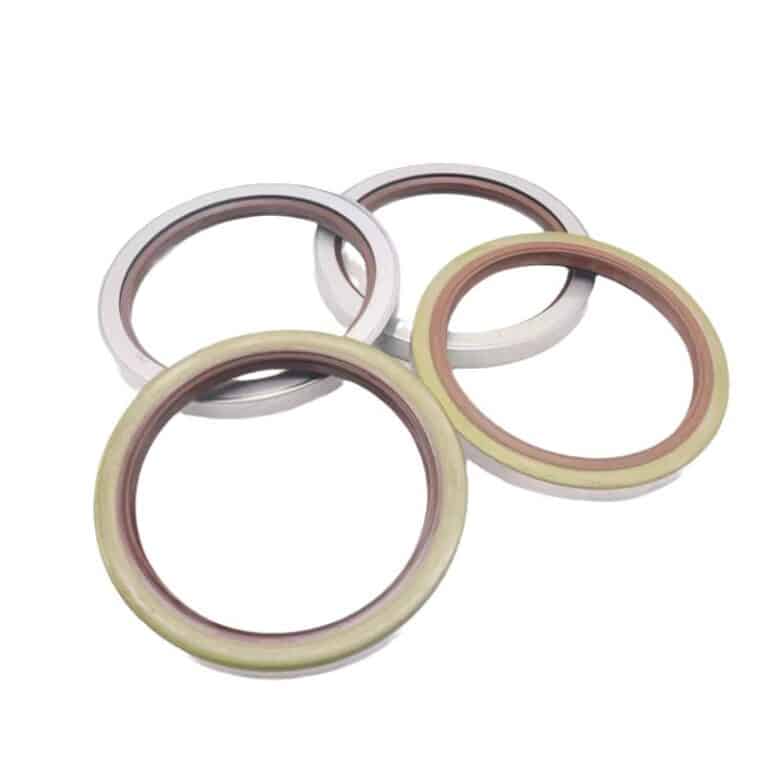
How to Choose the Right Oil Seal by OEM, Size, or Material
Selecting the correct oil seal involves identifying the part number, understanding the dimensions (ID/OD/thickness), and choosing a material that fits your temperature and fluid compatibility needs.
Recommended Articles:
How to Identify the Right Oil Seal by Part Number or Size – A step-by-step guide to matching seals using OEM and part size.
OEM εναντίον Aftermarket Oil Seals: Ποια είναι η καλύτερη επιλογή – Comparison of reliability, availability, and price.
Oil Seal by Size: How to Choose the Right Fit for Your Machinery – Best practices for accurate replacement.
Προτεινόμενα προϊόντα:
Toyota Oil Seal – Designed for engine and axle systems under thermal and mechanical stress.
Mitsubishi Oil Seal – Perfect-fit OEM replacements for trucks and heavy-duty Mitsubishi vehicles.
Heavy-Duty Applications: Axle, Differential, and Wheel Hub Seals
Trucks and off-road vehicles demand robust oil seals with high abrasion resistance, double-lip sealing, and superior temperature endurance. This section features the best choices for rear axles, hubs, and wheel-end systems.
Find the right axle & hub seals for your trucks
Recommended Articles:
Oil Seals for Heavy-Duty Trucks: Best Choices for Long-Term Reliability – Covers structure selection, use cases, and longevity tips.
Rear Axle Seal Leak Symptoms & Fix – What to Watch for in 2025 – Troubleshooting guide to avoid costly repairs.
Axle Seal: What Is It and Why Does It Matter for Your Equipment? – An explainer for buyers and technicians.
Προτεινόμενα προϊόντα:
Beiben Front Wheel Oil Seal 120×150×15 – High-precision double-lip seal for front axles.
Delong X3000 Maintenance-Free Hub Seal – Extended service life for long-haul applications.
Brand-Specific Sealing Solutions (Toyota, HINO, Mitsubishi)
Many buyers search by vehicle brand or OEM number. These brand-specific guides help you make the right choice with speed and precision.
Προτεινόμενα προϊόντα:
TG4 Double Lip Oil Seal – Ideal for Japanese vehicles with dual-lip protection.
Οδηγός στεγανοποίησης λαδιού TG4 – Learn when and why to use this type in automotive systems.
Recommended Articles:
Πώς να επιλέξετε τη σωστή σφραγίδα λαδιού φορτηγού Mitsubishi (με λίστα αναφοράς OEM)
A full guide to Mitsubishi axle and engine seals, including exact OEM part numbers and specifications.Σφραγίδες λαδιού HINO: Ποια μεγέθη και τύπους πρέπει να επιλέξετε;
Discover the right TC, TG4, or HTBR seals for HINO vehicles based on size, usage, and application.Toyota Oil Seal Replacement: How to Identify, Cross-Reference, and Replace OEM Seals
Learn how to quickly match and replace Toyota oil seals using our cross-reference strategies.OEM Exhaust Manifold Gasket 17173-21020: How to Select the Right One
Understand which gasket fits Toyota 1.5L engines, and how to identify genuine vs. replacement parts.
Common Oil Seal Failures & How to Fix Them
Even the best seals can fail due to incorrect installation, shaft wear, or environmental damage. Here’s how to avoid and correct the most common issues.
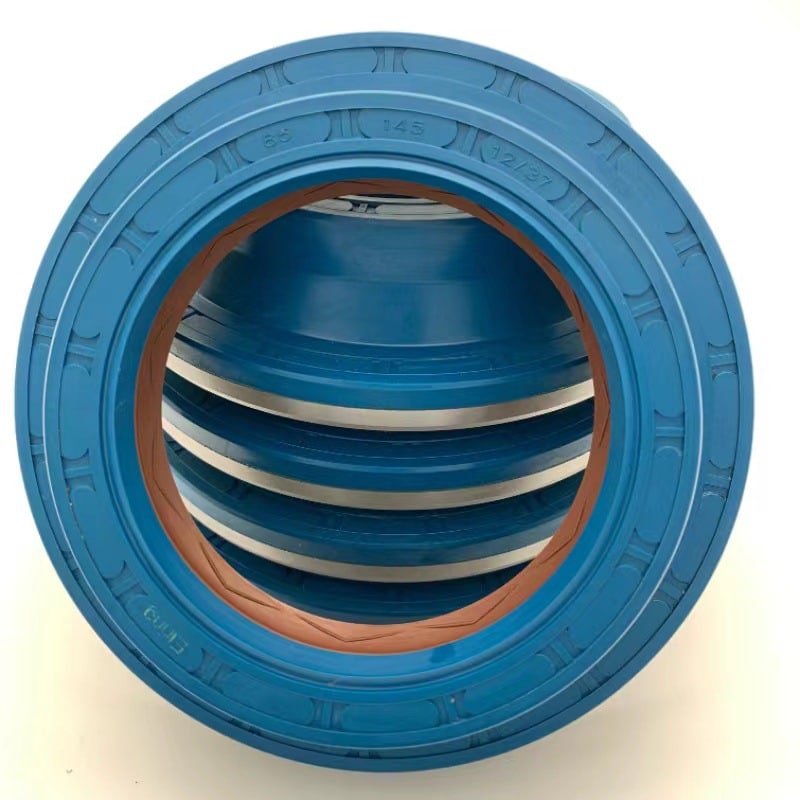
Recommended Articles:
Oil Seal Leaks: Causes, Symptoms and How to Fix Them
Learn how to detect early-stage leaks, understand failure symptoms, and apply effective repair techniques.Rear Differential Seal Leak: Symptoms, Causes, and How to Fix It
A practical guide to resolving differential seal leaks and protecting drivetrain performance.Rear Main Oil Seal: Symptoms, Replacement Cost & How to Fix It
Understand when your rear main seal needs replacement and how to avoid engine oil loss.
Προτεινόμενα προϊόντα:
TC Oil Seal – Metal Shell
A reliable, metal-cased oil seal ideal for rotating shafts and high-speed applications.Installation Guide: How to Install Oil Seals Without Leaks
Step-by-step instructions to ensure proper installation and long-lasting sealing performance.
Recommended Automotive Oil Seals Products
Looking for high-performance oil seals that match OEM specs and perform under pressure? Below are some of our most trusted automotive oil seal products, selected based on durability, application compatibility, and buyer demand.

